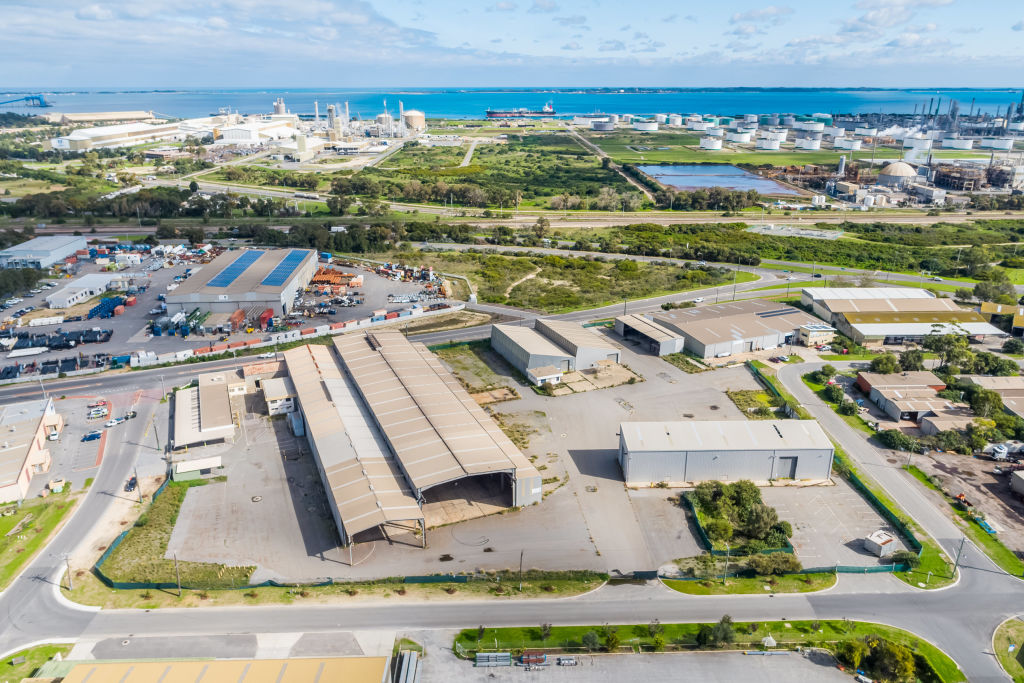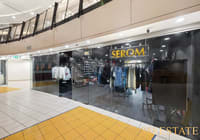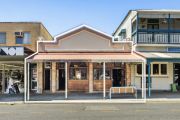
Perth's industrial market puts three-year downturn behind it
Resource projects, strong government infrastructure spending and commercial building activity have sparked renewed leasing demand for workspace in WA’s industrial property market.
The demand has pulled the market out of a three-year downturn that was marked by weak demand for workshops and warehouse facilities, according to Colliers International.
Colliers International industrial agency director Greg O’Meara said the state’s overall industrial vacancy for buildings larger than 2000 square metres was approximately 7.7 per cent in April, its lowest level in three years.
“Demand for WA industrial space starts with the resources sector and then filters down to the smaller end of the market where many businesses are serving the population of Perth and not just mining,” he said.
“We are seeing broad growth in tenant and investor demand for industrial properties aligned with freight and logistics operations, so there’s a good level of optimism for the year ahead.”
Altegra commercial sales and leasing executive Malcolm Healey said business confidence had been boosted as a result of mining activity picking up and the market had started to show signs of improvement.
“This positive sentiment has in turn generated genuine inquiry from tenants, which has resulted in reduced vacancy rates over the past 12 months,” he said.
“Generally the more affordable rents are found in the southern and eastern corridors with the northern industrial precincts enjoying a modest premium on rents.
“There are, however, opportunities to secure well-priced modern properties in the north, due to strong supply in the newer areas of Wangara and Gnangara.
“Secondary grade stock will in turn experience higher levels of vacancy and thus attractive rents can be found in this segment of the market, too.”
Raine and Horne Commercial WA director Anthony Vulinovich said the gradual increase in vacant-land absorption and lease take-ups was predominately focused within new estates with modern property.
“The peak demand is from the larger end of requirements as modern stock in this sector is hard to access without getting it designed and constructed, areas within the new estates of Tonkin Highway, Bayswater, Roe Highway, Logistics Park and the Swan Brewery estate in Canning Vale have seen significant lease take-ups off the plan and via speculative development leasing,” he said.
“The demand is here as the areas are central to the Perth central radius and they all have excellent road connections.”
According to a Colliers International survey completed April, there were 765,300 square metres of industrial space for lease in Perth, down from 766,825 square metres in October when the industrial market was last surveyed.
Mr O’Meara said the traditional industrial areas of Kewdale, Welshpool and Hazelmere were generally the first to benefit from mining activity because they had good access to the Great Northern Highway and were sought-after locations for businesses servicing the resource industry and transporting materials to WA’s north west.
“As the wider economy benefits from mining investment, the benefits also flow to other industrial areas, including Canning Vale and Malaga,” he said.
Industrial rents were stable at $70 to $90 a square metre for prime-grade property and $50 to $75 a square metre for secondary grade properties.
Incentives were also stable at 15 to 20 per cent for prime-grade space and 10 and 25 per cent for secondary property.
The coalface of leasing activity has been transport companies taking advantage of the rental market to secure larger high-quality properties to expand or consolidate operations, with the driving factor being increased container traffic, both locally, and long-haul mining-related to the Pilbara, said Geoff Thomson, Knight Frank’s head of WA industrial sales and leasing.
Perth’s northern corridor’s industrial uses were strongly geared towards servicing the residential construction industry and other businesses associated with the expanding northern suburbs residential catchment, according to Knight Frank.
“As a result of northern corridor industrial precincts having a high proportion of smaller lots to suit the smaller businesses operating out of the area, availability of larger lots suitable to design and construct new facilities for larger tenants that desire exposure to the large residential catchment is limited,” Knight Frank’s industrial sales and leasing associate director Sam Hammond said.
“The reduced availability and fragmented ownership of larger lots should place upward pressure on land values for larger lots in the northern corridor in the second half of 2019.”
WA’s industrial investment market had been a beneficiary of the strong eastern-states markets where opportunities remained scarce, hence prompting investors to look further afield, said Jarrad Griersonok, CBRE’s head of WA industrial and logistics.
“Many investors believe that the Perth market is at the bottom of the cycle, representing value for money,” he said.
“Combined with an anticipated increase in activity in Western Australia’s mining sector, investors are increasingly viewing Perth as providing short-to-medium upside. This increased demand has provided yield compression over the past 12 to 24 months.”










